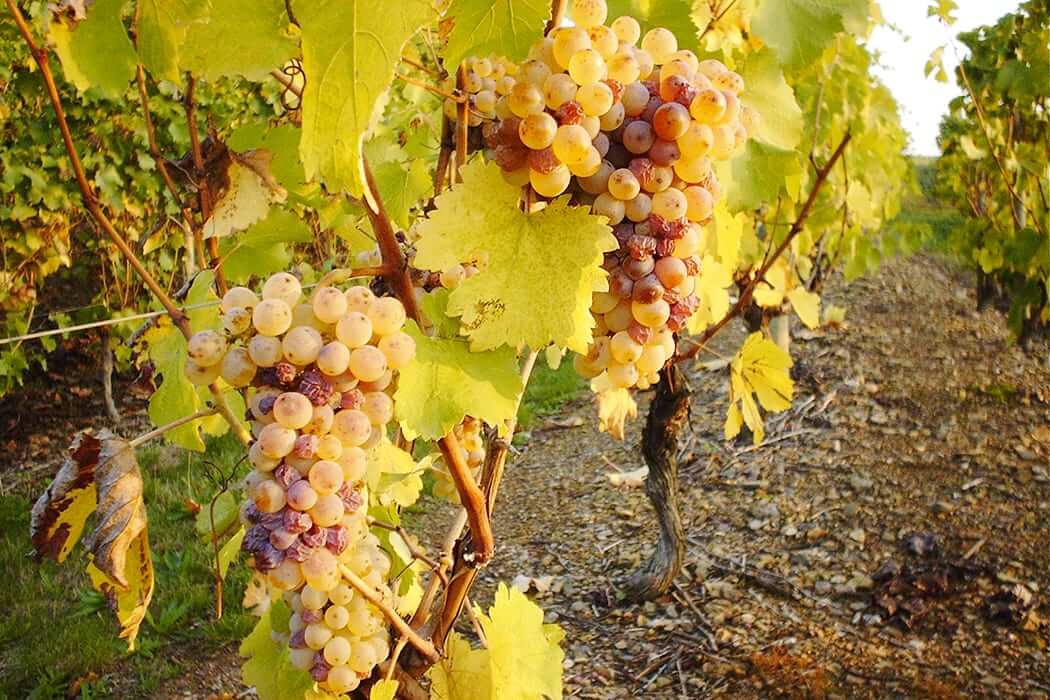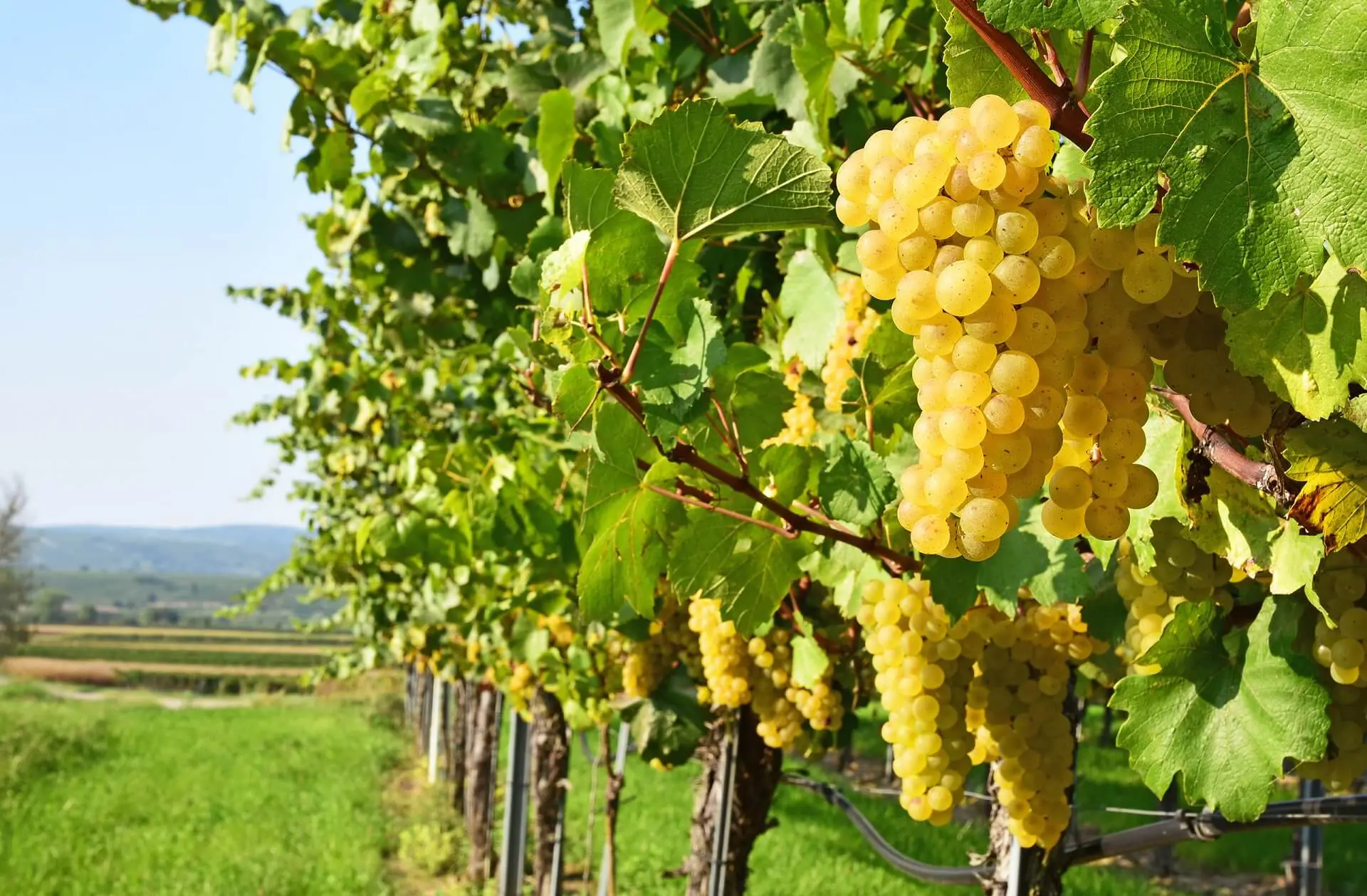Enjoying a meal is often a journey, from appetizer to main course and finally to dessert. But what really completes a meal is a perfectly chosen beverage to round it out. That’s where dessert wines come in. Carefully crafted to be enjoyed after a meal, these sweet wines add an extra dimension to the experience of dessert. They are not just a drink, but an experience in themselves, full of flavor and aromas that both intrigue and seduce. From their unique production process to the various varieties that exist, we explore what makes these wines so special.
Whether you are an experienced wine connoisseur looking to learn more or a newcomer looking for your new favorite after-dinner drink, we hope you will find this overview helpful and inspiring.
Buying Dessert Wine?
What are dessert wines?
Dessert wines, also known as sweet wines or liqueur wines, are wines intended to be enjoyed with dessert, or sometimes even as dessert on their own. Their unique characteristic is a higher sugar content, giving them a distinct sweetness that goes beautifully with sweet desserts.
Definition of dessert wine
Contrary to what the name suggests, dessert wines are not limited to dessert. In fact, these wines are very versatile and can be enjoyed with a range of dishes, from cheese boards to appetizers. The distinguishing feature of dessert wines is their high sugar content. The high sugar content in these wines comes from using grapes that are riper than those used for dry wines. This creates more natural sugars in the grapes, leading to a sweeter wine.
Production methods of dessert wines
Specific production methods for dessert wines vary, but they all revolve around ways to increase sugar concentration in the grapes before fermentation. Here are a few techniques used to achieve this:
Late harvest
In this process, the grapes are left on the vine long after the traditional harvest season, making them overripe and sweeter.
Noble rot (noble rot)
This is a process in which the grapes are affected by a fungus called “Botrytis cinerea. This fungus dehydrates the grapes, increasing sugar concentration. This process is used in the production of famous sweet wines such as Sauternes from France.
Ice wine (Eiswein)
To produce ice wine, grapes are harvested in a frozen state. The water in the grapes freezes, but the sugars do not, resulting in a higher sugar concentration at pressing.
Passito and straw wines
These wines are made from grapes that are dried after harvest to concentrate the sugars. Each technique results in a unique flavor profile, allowing for a wide range of flavors and styles in dessert wines. This makes exploring this category of wines an exciting and sweet temptation.
Main types of dessert wines
There are countless types of dessert wines from around the world, each with its unique production method and flavor profile.
The following is an overview of some of the most popular and influential types of dessert wines.
Sauternes
Sauternes is a French dessert wine from the Bordeaux region, and is produced from Semillon, Sauvignon Blanc, and Muscadelle grapes affected by noble rot (Botrytis cinerea). This fungus dehydrates the grapes and concentrates the sugars, resulting in a rich, complex wine with flavors of honey, apricot, peach and nuts. Sauternes have considerable potential for aging and can age for many decades, with flavors becoming increasingly complex over time
Tokaji
Tokaji is a Hungarian dessert wine, also known as “the wine of kings, the king of wines.” Like Sauternes, Tokaji is made from grapes affected by noble rot. The wine is known for its sweetness and lively acidity, with flavors of honey, apricot, orange peel and spice. An interesting feature of Tokaji is the “puttonyos” system, in which the sweetness of the wine is indicated on a scale of 1 to 6.
Icewine
Icewine, or Eiswein in German, is a type of dessert wine made from grapes frozen while still on the vine. This technique is mainly used in cool climate regions such as Canada and Germany.
The frozen water in the grapes increases the concentration of sugars and acids, resulting in a very sweet wine with a striking freshness. Icewine often has flavors of tropical fruit, peach, honey and citrus.
Late Harvest
Late Harvest wines are made from grapes harvested later than normal to increase sugar concentration. These wines can be made from different grape varieties and in many different regions around the world. Depending on the grape variety and region, Late Harvest wines can vary in sweetness and flavor, but they often have flavors of ripe stone fruit, honey, citrus and tropical fruit. These dessert wines are just the tip of the iceberg when it comes to the variety and complexity that the world of dessert wines has to offer. Because of their unique production processes and the different grape varieties used, there are endless flavors and styles to explore.
How do you serve dessert wines?
Serving dessert wines requires a specific approach to fully appreciate their unique flavors and aromas. This includes choosing the right serving temperature, the right glassware and carefully selecting matching dishes.
Serving temperature
The serving temperature of dessert wines can vary greatly depending on the specific type. In general, the sweeter the wine, the cooler it should be served. A good guideline is to serve rich, sweet wines such as Sauternes and late harvest wines at temperatures between 6-8°C, while slightly less sweet wines such as Moscato and lighter styles of late harvest wines are better served at temperatures around 10-12°C.
Ice wines, with their high sugar content, are best served even cooler, around 4-6°C. These temperatures allow the sweetness of the wines to be balanced by a refreshing coolness.
The right glasses
Choosing the right glassware can also have a big impact on the experience of drinking a dessert wine. In general, dessert wines have a strong, rich flavor and aroma that are best enjoyed in a smaller glass. Smaller glasses, often called “dessert wine glasses” or “port glasses,” concentrate aromas better than a standard wine glass, better capturing the complex flavors and aromas.
Be sure to fill the glass only to its widest part to maximize the wine’s aroma and leave room for swirling.
Flavor combinations
Pairing dessert wine with food can be a real joy, but it requires a certain amount of care. Generally, you want the wine to be as sweet or sweeter than the dish you are pairing it with. Dessert wines, for example, go beautifully with a range of desserts, from fruity cakes to rich crème brûlée, depending on the type of wine. However, they can also be paired with savory dishes; for example, a sweet Sauternes can be delicious with foie gras, and a sweet Tokaji can harmonize beautifully with blue cheese. It is also not uncommon to drink dessert wines as a “dessert in itself,” as a sweet ending to a meal.
The Sweet Temptation: The Charm of Dessert Wines
Dessert wines are the sweet temptations of the wine world, with their complex flavors, rich textures and delectable sweetness. They are a fascinating part of the wine world, each with their unique production methods and styles stemming from their regional traditions.
Whether you’re tasting a dessert wine to end a delicious meal, or using it as an accompaniment to an appetizer or dessert, these wines have the potential to take your gastronomic experience to the next level.
Whether it is a luscious Sauternes, a spicy Tokaji, an icy Icewine or a rich Late Harvest, there is a dessert wine for every taste and every occasion. Discover the world of dessert wines, taste, experiment and enjoy. These sweet temptations are there to be enjoyed and can enrich your wine experience. Don’t be put off by their sweetness – dessert wines have so much more to offer than just sugar. They are complex, diverse and stunningly delicious.

































